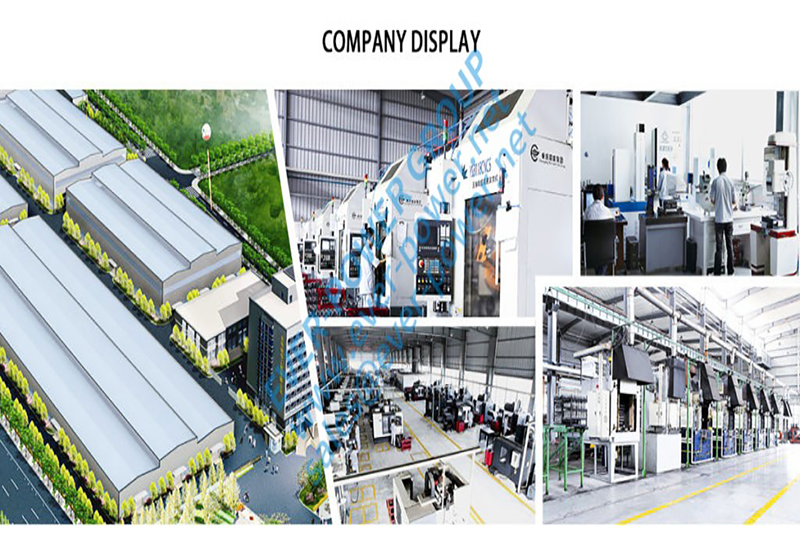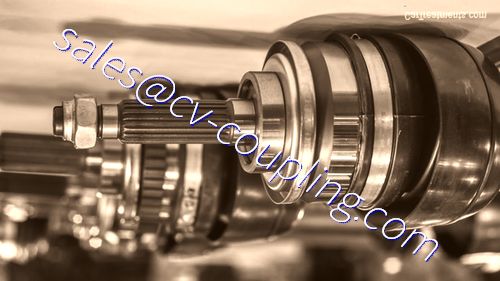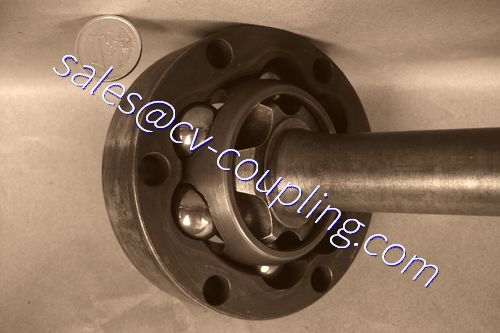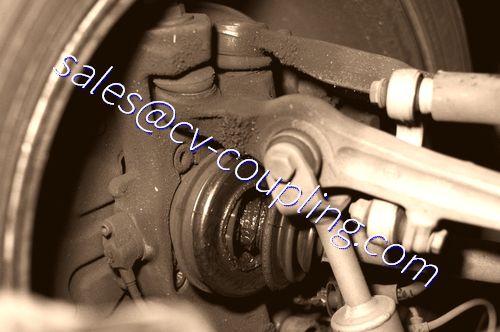Professional design
cv-coupling
WE HAVE EXPORTED OUR PRODUCTS TO CLIENTS AROUND THE WORLD AND EARNED A GOOD REPUTATION BECAUSE OF OUR SUPERIOR PRODUCT QUALITY AND AFTER-SALES SERVICE. WE WARMLY WELCOME CUSTOMERS BOTH AT HOME AND ABROAD TO CONTACT US TO NEGOTIATE BUSINESS, EXCHANGE INFORMATION AND COOPERATE WITH US.
What we do
Installations, Repairs, Custom Builds, & More
MISSION
Use our knowledge to make the world’s industries work better.
VISION
Be the global leader in bearings and mechanical power transmission, continually improving performance, reliability and efficiency.
VALUES
Ethics & Integrity
Quality
Teamwork
Excellence
About Us
WE ARE SPECIALIST IN MAKING ALL KINDS OF MECHANICAL TRANSMISSION AND HYDRAULIC TRANSMISSION LIKE: PLANETARY GEARBOXES, WORM REDUCERS, IN-LINE HELICAL GEAR SPEED REDUCERS, PARALLEL SHAFT HELICAL GEAR REDUCERS, HELICAL BEVEL REDUCERS, HELICAL WORM GEAR REDUCERS, AGRICULTURAL GEARBOXES, TRACTOR GEARBOXES, AUTO GEARBOXES, PTO DRIVE SHAFTS, SPECIAL REDUCER & RELATED GEAR COMPONENTS AND OTHER RELATED PRODUCTS, SPROCKETS, HYDRAULIC SYSTEM, VACCUM PUMPS, FLUID COUPLING, GEAR RACKS, CHAINS, TIMING PULLEYS, UDL SPEED VARIATORS, V PULLEYS, HYDRAULIC CYLINDER, GEAR PUMPS, SCREW AIR COMPRESSORS, SHAFT COLLARS LOW BACKLASH WORM REDUCERS AND SO ON. FURTHERMORE, WE CAN PRODUCE CUSTOMIZED VARIATORS, GEARED MOTORS, ELECTRIC MOTORS AND OTHER HYDRAULIC PRODUCTS ACCORDING TO CUSTOMERS’ DRAWINGS.

Watch Our Process
Start with A Free Quote For Your Project
Popular Product

Fixed joints

VL Plunge joints

DO Plunge joints

We are experienced
We Have Over 15 Years of Experience in The Industry
I realize that much of this introductory text will seem very basic, but let’s start by explaining CV joint technology. A CV (constant velocity) joint is a torque/drive mechanical coupling in which the rotational speed of the output shaft (inner joint) matches that of the input shaft (outer joint), regardless of the shaft angle. This allows torque output from the transaxle to the driven wheels to remain unchanged from the transaxle to the wheels even as the suspension (and the CV shaft) changes angles during up/down travel and during turns. CV joints don’t cause restrictions during angle changes, as compared to universal (U-type) joints.
product
What is CV-coupling
If you have ever looked under a Jeep vehicle you have seen the drive shafts and the cross like devices that connect them to the axles or the transfer cases. These cross like objects are the universal joints, or commonly referred to as simple i-joints. This style of connect ion works for many applications as they are simple and allow for the drive shaft to operate at different angles than the part they are turning, or from what is turning them. However, they do have their shortcomings when it comes to operating angles and their ability to do their job quietly. Ordinary Cardan type universal joints cause a change in speed between the driving and driven shafts whenever the joint operates at an angle. As the operating angle of the joint increases, the speed of the driven shaft varies more and more during each revolution of the shafts. If you were to draw this out it would look as if the joints were moving on two different oval paths rather than round paths that would be expected. The greater the operating angle, the greater the variation in speed
ion works for many applications as they are simple and allow for the drive shaft to operate at different angles than the part they are turning, or from what is turning them. However, they do have their shortcomings when it comes to operating angles and their ability to do their job quietly. Ordinary Cardan type universal joints cause a change in speed between the driving and driven shafts whenever the joint operates at an angle. As the operating angle of the joint increases, the speed of the driven shaft varies more and more during each revolution of the shafts. If you were to draw this out it would look as if the joints were moving on two different oval paths rather than round paths that would be expected. The greater the operating angle, the greater the variation in speed  of the driven shaft and the greater the vibration it produces. In Jeeps the use of a Double Cardian style drive shaft often corrects
of the driven shaft and the greater the vibration it produces. In Jeeps the use of a Double Cardian style drive shaft often corrects
the issue of driveline vibrations but that is by only halving the angles at one end of the shaft. In new models where vibration must be eliminated for a smoother ride and more comfortable driving experience other styles of true constant velocity joints are being used. This is explained in greater detail in the Driveline Geometry 101 article.
To get a shaft to transmit power without providing vibration, and to function at a high angle and provide the same speed on the driven and driving shafts a true Constant Velocity joint would have to be used. These are used in many applications such as in front or rear independent suspensions or even some solid axle applications with full time four-wheel drive applications. The CV’s can operate at greater angles for greater time without any issues, however normally they have to be submerged in a type of special high temperature grease and surrounded by a special boot. Many CV’s fail due to contamination from water and other impurities due to damaged boots.
When a CV is used in a drive shaft application they are often sealed inside of a metal casing in applications where abuse may be seen. In newer vehicle the use of drive shaft CV’s are becoming more common as customer expectations are growing and their tolerance for vibrations and driving distractions is shrinking. A true CV is a ball and cub design. The most common type of outboard CV joint is the “Rzeppa” style. A Dana engineer named Alfred H. Rzeppa invented this type of joint in 1920. His design allowed power to be transmitted through six spherical balls located between an inner and outer race. In this design, the balls are held in position by small windows in a cage assembly that fits between the inner and outer races. The design of the joint is such that the position of the balls always bisects (cuts in half) the operating angle of the joint. The design works like a bevel gear; but instead of gear teeth transmitting the torque across the joint, the balls push against their respective tracks in the inner and outer housings. A downside to this is though that if the joint is overstressed the balls can be pushed
where abuse may be seen. In newer vehicle the use of drive shaft CV’s are becoming more common as customer expectations are growing and their tolerance for vibrations and driving distractions is shrinking. A true CV is a ball and cub design. The most common type of outboard CV joint is the “Rzeppa” style. A Dana engineer named Alfred H. Rzeppa invented this type of joint in 1920. His design allowed power to be transmitted through six spherical balls located between an inner and outer race. In this design, the balls are held in position by small windows in a cage assembly that fits between the inner and outer races. The design of the joint is such that the position of the balls always bisects (cuts in half) the operating angle of the joint. The design works like a bevel gear; but instead of gear teeth transmitting the torque across the joint, the balls push against their respective tracks in the inner and outer housings. A downside to this is though that if the joint is overstressed the balls can be pushed
out of their tracks and stretch and crack the housing causing a failure. This design is very common and used in many different variants such as Birfield and Marfield joints in many import 4×4 vehicles. There are other designs that involve different configurations of cages and balls but all are effectively the same.
common and used in many different variants such as Birfield and Marfield joints in many import 4×4 vehicles. There are other designs that involve different configurations of cages and balls but all are effectively the same.
Rzeppa joint is invented by an engineer in Ford Motor Company by the name of Alfred Hans Rzeppa in 1926 and patented in 1935. Fun Fact! This joint is the first practical CV-joint ever invented.
It is a type of fixed joint that can twist up to 55 degrees in angle but have no horizontal travel.
In a Rzeppa joint, you will find an outer race, ball bearings, a cage and an inner race.
- The journey begins when you switch on your car engine.
- Input shaft spins when your car engine starts.
- An inner ring is attached to the input shaft.
- Ball bearing goes on top of the inner ring.
- A spherical cage fits and holds the ball bearings in.
- An outer race has grooves for the ball bearings to fit in.
- The outer race has an output shaft that connects to your car wheels.
The ball bearings are where the magic happens. They are the intermediate members between the input and output shaft. In layman’s term, the ball bearings are the middle men that moves power from Point A (input shaft) to Point B (output shaft).
Ball bearings need to be in a specific position to do that efficiently. It has to be in a bisecting plane between the input and output shaft. In order to do that, the spherical cage has 6 slots (one for each ball bearing) to hold and guide them in that angle.
This will make sure that the ball bearing are in constant contact with the outer race which gets the power transferred across to your car wheels.


We recommend checking your car wheels frequently for any sign of grease splashes. It will only take 5 minutes of your time but can save you hundreds of Ringgit Malaysia on your car repair bill. Hard work definitely pays off!
Why?
As with all mechanical moving parts, wear and tear can happen over time.
To avoid these problems, the first line of defence for your CV-joint (and your wallet!) are the constant velocity boots.
They are essentially a rubber cover that keeps the lubricating grease in , which reduces metal-to-metal contact and prolong the life of your CV-joint.
Not only that, they also stop moisture and dirt from entering the joint and grinding against the inner components. If you notice a puncture in your drive shaft cover, get it changed immediately to prevent further wear.